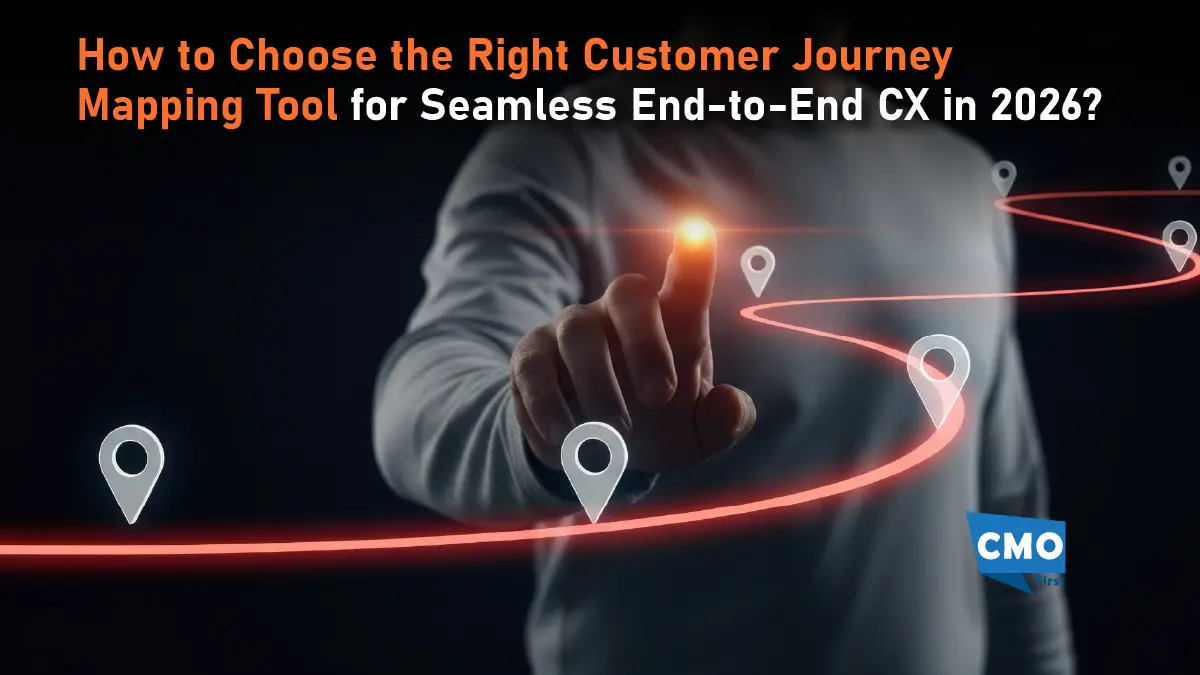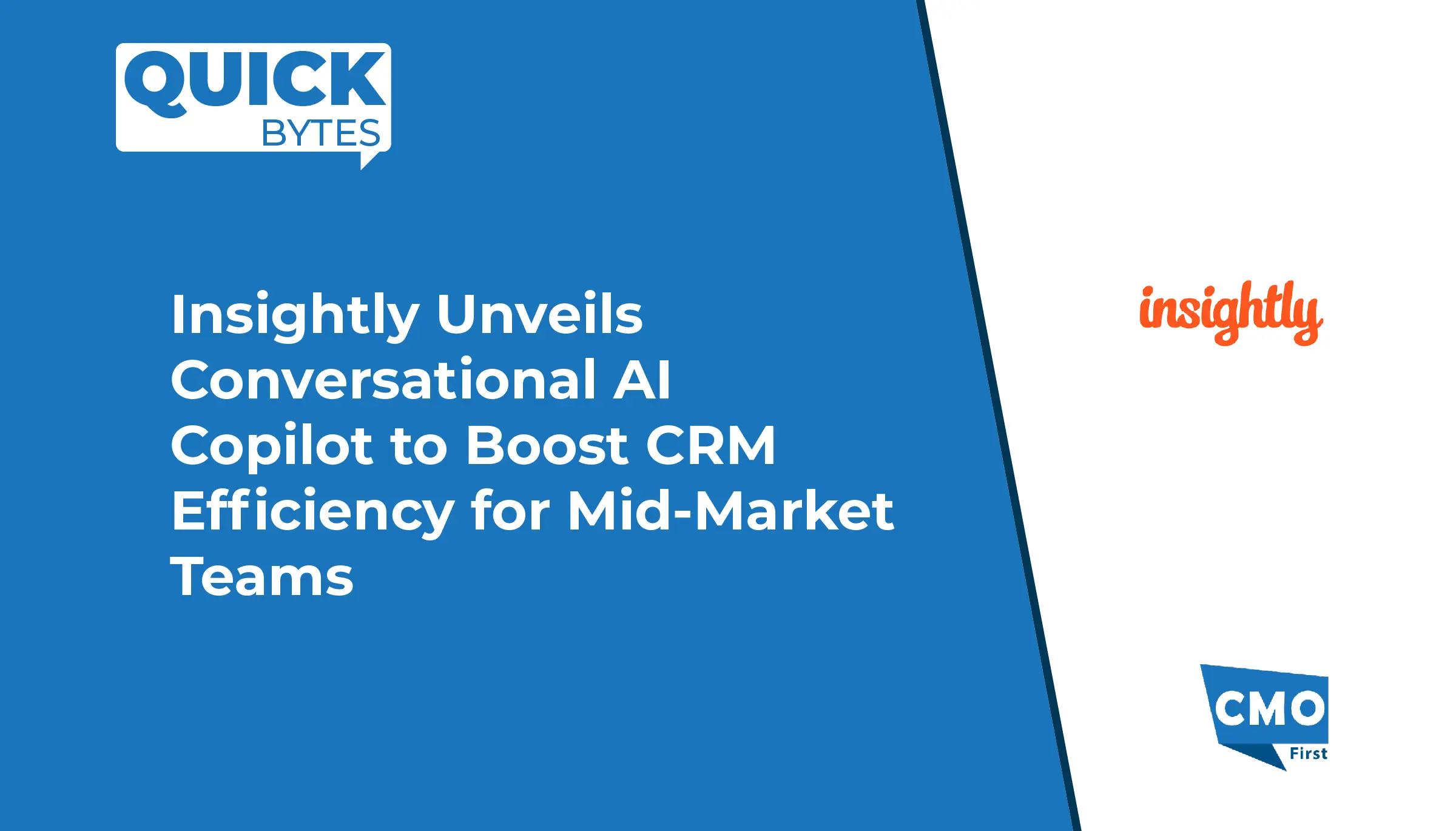With customer life cycles spanning multiple stages and touchpoints, it becomes challenging to analyze their behavior. A customer engagement platform plays a crucial role here by filling the gaps by understanding the consumer journey across multiple touchpoints.
Consumer expectations have undergone a significant change in recent years. More than ever, consumers interact with brands digitally through various channels, including social media, email, apps, and text messages. However, in today’s customer-centric world, brands aren’t entirely prepared for it.
There is a significant gap between what customers want and how businesses deliver it. The link connecting the two? The Customer Engagement Platform (CEP). It’s a platform that modern companies should consider as they build a successful post-pandemic tech stack. However, the overall goal of this platform is to establish a unified, consistent, and efficient means of maintaining a long-lasting relationship with one’s consumers. Most businesses won’t be able to succeed without one as the industry increasingly transitions to a first-party, cookie-less environment.
The Rising Demand for Customer Engagement Platforms
Platforms for managing and mastering customer engagement are being adopted increasingly like other platforms for customer relationship management and customer data management. The customer engagement platform was built to enhance the disjointed and disconnected stack of applications that organizations have often used to engage and communicate with customers. These apps each gather unique data sets, and often these data sets never interact with one another. Customers view the company in a very fragmented way, simultaneously making them quite frustrated.
The goal of the customer engagement platform is to streamline and integrate all of these tools so businesses can better communicate with their customers as a result of having a single, accurate source of information about every consumer who purchases their products. With the help of the customer engagement platform, companies can connect with customers via social media, email, live chat, and other channels. The customer should be able to check out without any problems even if they start shopping on an app and switch to their laptop afterward. No more ineffective sales emails, please. No more customer support chats with inadequate responses. Just one seamless channel of communication with every customer.
According to Twilio’s “State of Customer Engagement Report 2022,” it was discovered that more than half of customers say their purchasing experiences are average or poor, even though 75% of businesses believe they’re providing a great personalized customer experience. The reason is that they are disjointed and supported by bad AI. And the public is not having it.
Also Read: The Need for CMOs to Create Alliances with their C-Suite Counterparts
The Need for Customer Engagement Platforms
Here are a few ways customer engagement platforms can help align expectation and reality by:
Reducing the Reliance on Third-Party Data
The majority of companies still use third-party data to interact with customers despite the decline of cookies. Customer engagement platform allows organizations to gather and use first-party data directly relevant to their business and customer experience. This is crucial because concerns about data privacy are still in many customers’ minds. In fact, customers want businesses to use first-party data. And CEPs can help them in doing this.
Delivering Real-Time Insights
Marketers can develop a real-time profile that can help them meet their consumers where they are when all of the customer engagement data is gathered directly from the customers themselves. No more promoting the products, they just bought and luring them back into the programs they just quit. They will be interacting and engaging with them about the issues that are important to them on the channel they are now using.
Create a Profile That Is Relevant to The Brand
Marketers must thoroughly understand their target market to develop lifelong brand ambassadors. They need to be aware of the products in their inventory that customers want and wish to learn more about. With generic third-party data, this is not feasible. It can be possible only by building a united platform that is solely related to the consumers and their engagement with the brand.























Leave a Reply